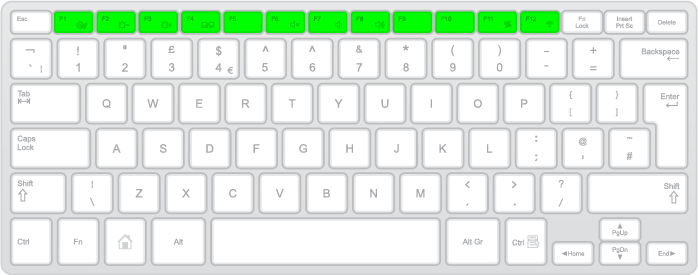

This will enable you to get the entire document consistent with one font and keep you from having to format text manually outside the main body of the document.). (This, by the way, is how Microsoft Word controls the default text formatting for things like page numbers and footnotes. If you have a specific font that you want to use for most of your documents, you can change that here. Default - Notice the Set As Default button in the lower left-hand corner? That button enables you to change the default font type/size/style for the document template being used.Effects - Some of these special character effects are available via keyboard commands (such as CNTRL-= for subscript or CTRL-SHIFT-= for superscript), but this tends to be the preferred way to make formatting changes such as strikethrough and small caps.Underline Style/Color - Unlike the Underline button (or CTRL-U on the keyboard), these dropdowns will enable you to choose several underline styles, such as double underline, underline words only (not spaces), dashed, dotted, or wavy underlines, as well as choose another color for the underlining.Font Color - Again, this is also accessible via Microsoft Word's standard Formatting toolbar (look for the button with a capital A underlined in red).Font/Font Style/Size - While it's easier to change fonts directly on the Formatting toolbar dropdown, this method allows you to visually "test" several fonts before committing with the OK button (see the preview screen at the bottom of the box?).Here's a great free guide to writing Alt-text published by the Social Security Administration: I recommend it to my clients and students in my accessible documents classes.For the purposes of this post, let's go through what's available on the Font tab within Microsoft Word.

If visual formatting is so important, then create a visual caption under the graphic or build the text into the body text/narrative portion of the document. Not sure what your client is trying to accomplish by doing this. People who use screen readers can't see the bold, italics, colors, or any other visual formatting to begin with! Having written 10 of thousands of Alt-text over the past 20 years, I've never had the need to bold or italicize anything in an alt-text description of what a photo/graphic is about. Think about it: why would someone who is blind give a rat's patootie what font is used? Open the View tab to choose a view, open the Navigation pane, edit the Header & Footer, and to Zoom the document view. Alt+Period, R or Alt+Windows logo key, R. Open the Review tab to check spelling, add comments, or track and review changes to your document. Per the PDF/UA and WCAG standards for international accessibility, no formatting is allowed in Alt-text. Alt+Period, S or Alt+Windows logo key, S.


 0 kommentar(er)
0 kommentar(er)
